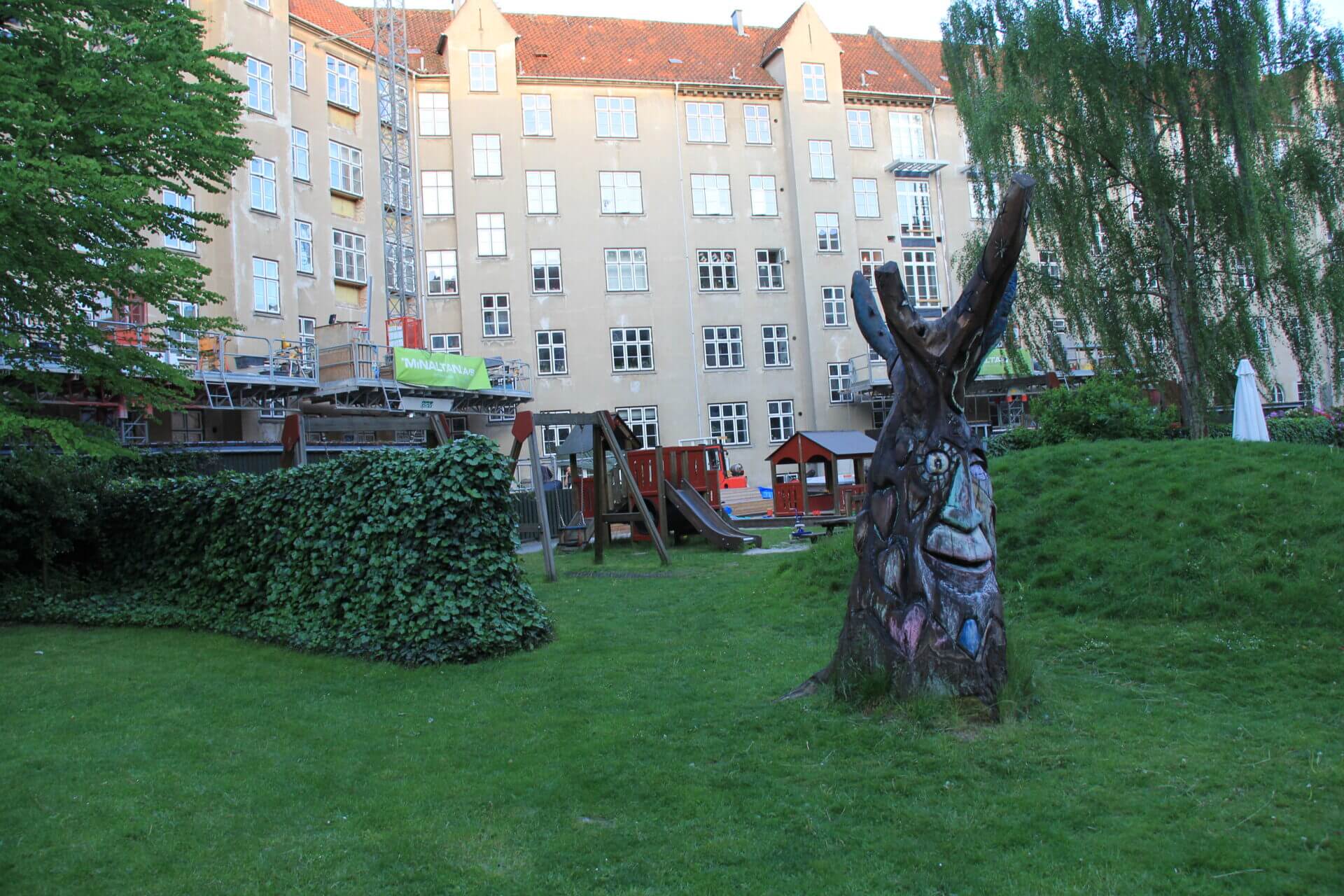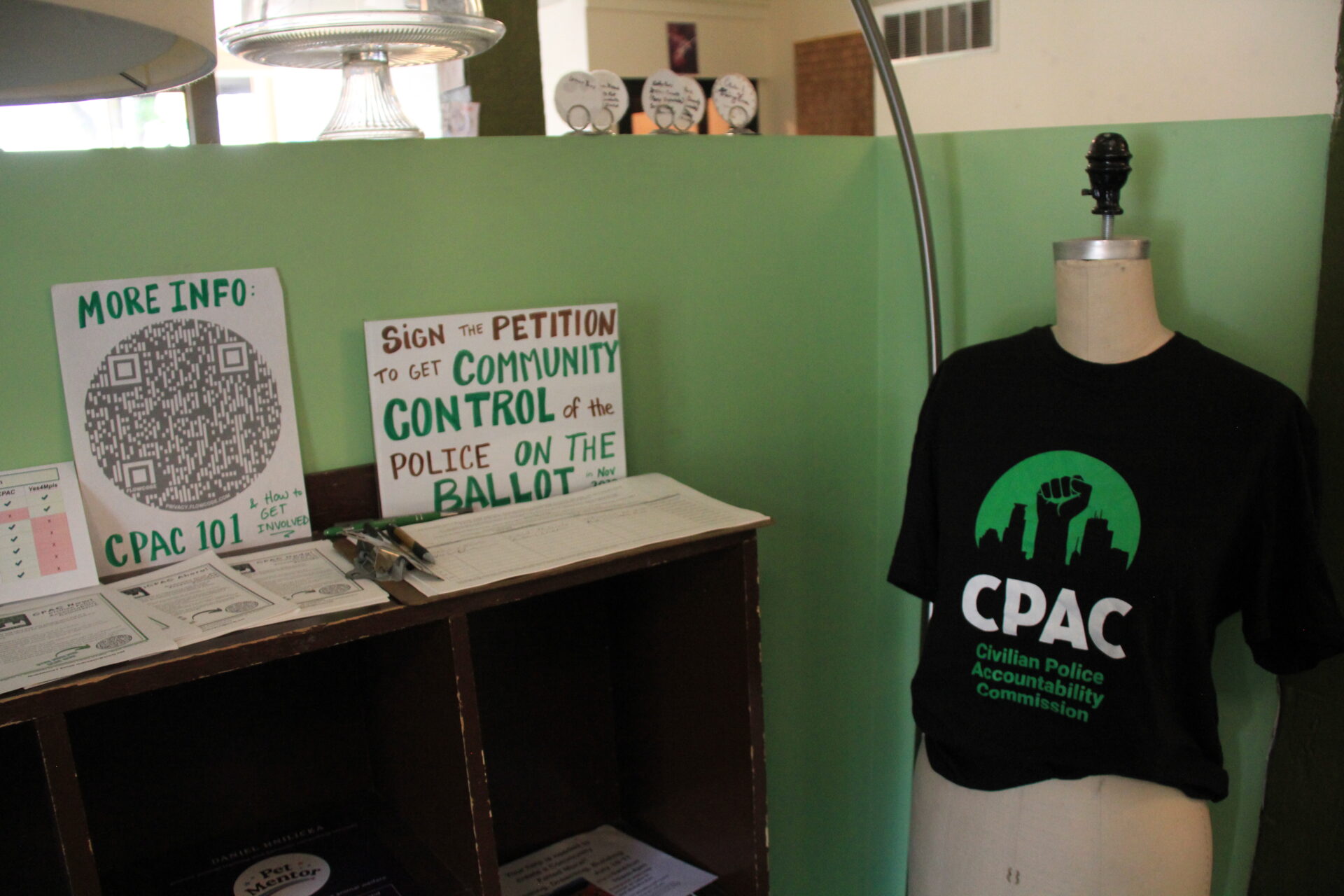Principle #2 - Safe communities
Examples of micro design interventions
Create shared spaces to build connections
Factors such as having family in the neighborhood and interaction with neighbors have been found to provide a contextual understanding of why people stay in a neighborhood. But according to a Pew Research Center (2010) study, fewer than half of American adults (43 percent) know most or all of their neighbors. In his book The Vanishing Neighbor, Marc Dunkelman (2014) argues that technology coupled with new routines of everyday life have expanded the breadth of our social landscapes while at the same time, eroding the incidental interactions that have built local communities for centuries. The shared courtyards of Copenhagen’s residential buildings foster an environment that encourages residents to meet each other and build social connections. Playgrounds, barbeque areas, picnic tables, and elevators placed in a central location provide opportunities for residents to pass by one another.


Bridge interior and exterior spaces to increase surveillance
One of Saint Paul’s most historic neighborhoods and a thriving African American community, the Rondo neighborhood was severed in the 1950’s due to the construction of Interstate 94. Currently, Rondo is part of the Summit-University Neighborhood and is home to over 17,000 residents, most of whom are renters, many below poverty levels. Residents believe that increased social interaction between youth and elders can aid youth advancement. Front porches can act as intergenerational building blocks that help foster community connections and keep youth out of trouble.
Give space to resources that challenge misconceptions and foster activism
A former stewardess, Brenda Ingersoll says that running a coffee shop is essentially like running an airplane: “You’ve got to build relationships.” She co-owns Milkweed on 3822 E. Lake Street with Alex Needham, one of Minneapolis' diverse neighborhoods and havens of entrepreneurship. The centrally-located barista area allows one staff member to manage things while keeping an eye on the all distinct areas within the café, increasing the sense of safety and connections. The back entrance includes a library space for sharing community news, information and opportunities for activism, becoming a conduit of civic engagement that helps neighborhood residents heal as they strive to envision a more equitable and just world. Learn more on Landscapes of Hope.

